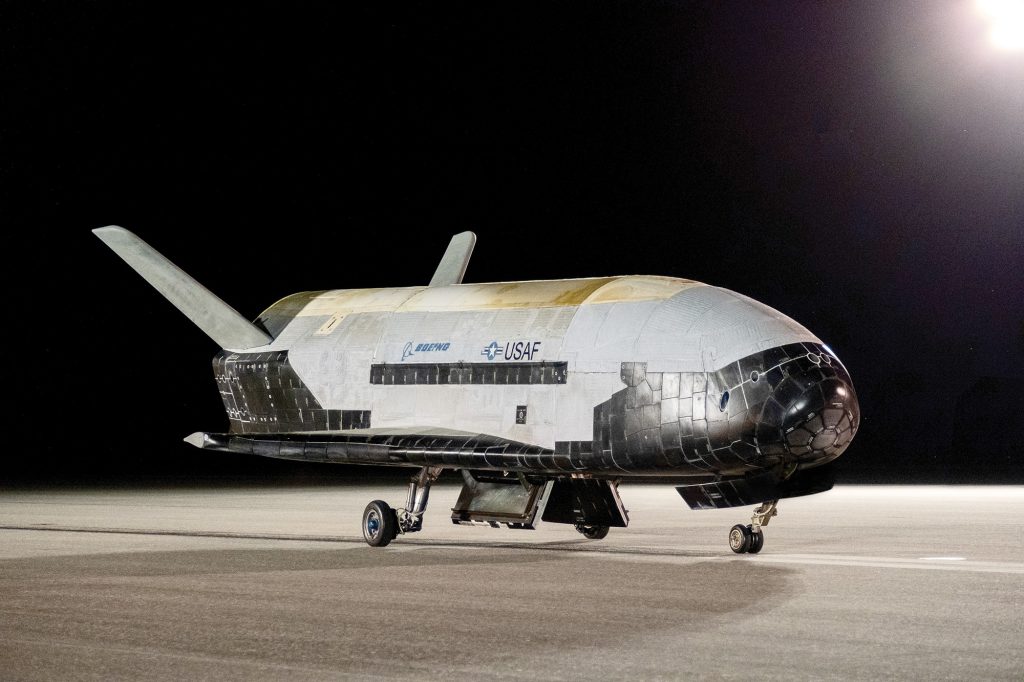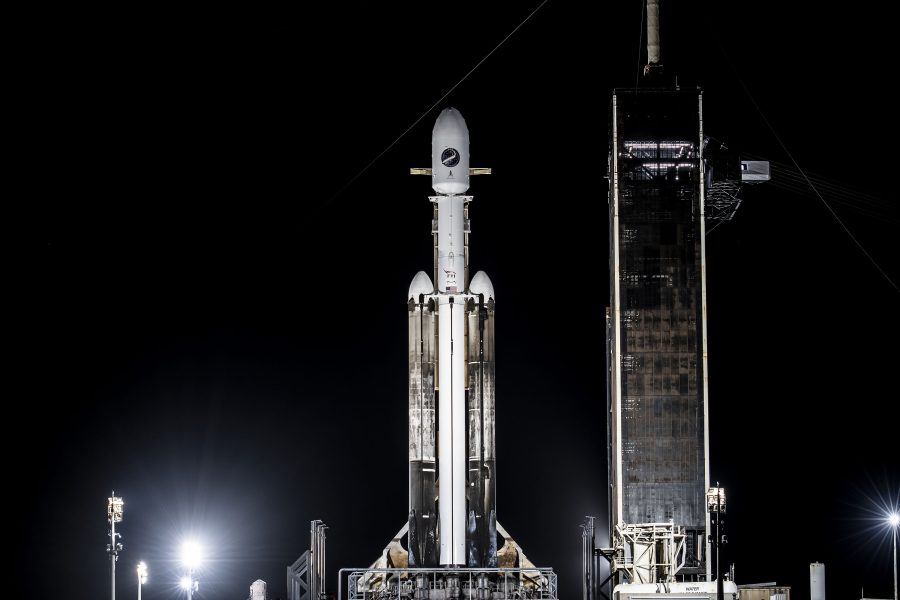ORLANDO, Fla.—Multiple delays and scrubbed launches have kept the Space Force’s X-37B from returning to orbit this week.
But after suggesting several years ago the secretive space plane may be on its way out, Chief of Space Operations Gen. B. Chance Saltzman indicated its future is brighter than ever thanks to Pentagon’s competition with China.
In fact, Saltzman told reporters at the Space Force Association’s Spacepower Conference it’s “probably no coincidence” that China’s own space plane may launch around the same time as the X-37B.
First launched in 2010, X-37B has shattered records for its long missions in space. Its sixth and most recent flight started May 17, 2020 and ended 908 days later, on Nov. 12, 2022. Its payloads are often shrouded in secrecy, though officials have disclosed some and say the space plane is useful for testing new technologies and the effects of long-term space exposure.
In early November, the Space Force announced X-37B would launch aboard a SpaceX Falcon Heavy rocket on Dec. 7 at Kennedy Space Station, Fla. A few weeks later, the launch date was pushed to Dec. 10 due to launch delays and pad availability.
On Dec. 10, SpaceX announced the launch would be delayed a day due to weather. On Dec. 11, the company scrubbed the launch due to “a ground side issue” and said it was targeting Dec. 12, then pushed that back another day before finally posting on social media that it was standing down once more, with no new launch date confirmed.
Despite all this, Saltzman projected confidence in X-37B’s mission and confirmed previous Space Force releases that hinted the space plane would operate at a higher orbit than ever before—it has operated in low-Earth orbit in the past, some 110-500 miles above the ground, but Falcon Heavy can deliver payloads of 58,860 pounds—far more than the X-37B—to geosynchronous orbit, more than 22,000 miles up.
“We are going to expand the envelope,” Saltzman said. “There are some good experiments and tests and that’s the primary goal of that, testing technologies. There are some experiments being run and we’ll pull data back. The beauty of it is that you can put something in the space environment and then bring it home and look at it. That’s the beauty of a space place concept.”
In 2020, when Saltzman was still a lieutenant general, he hinted that X-37B might be nearing the end of its service life. The spacecraft, he said then, might exemplify “technology that has served its purpose and [maybe] it’s time to start looking at the next available capability.”
Now, however, competition with China has heated up and another potential space plane that the Pentagon has expressed interest in—Sierra Space’s Dream Chaser—has been delayed multiple times.
Against that backdrop, Saltzman was asked by reporters about his previous comments and whether X-37B’s upcoming flight would be its “last stand.”
“I was over talking to the program manager. I don’t think that’s the best way to characterize it,” Saltzman replied.
While declining to offer specific details, Saltzman did say “this great power competition has really worked to our advantage on some areas, and if we have a capability, the idea of creating a gap in that capability is a concern with congressional members. At least that’s the way they’ve voiced it to me. Once we have a capability, they never want to back out of it.”
With that in mind, Saltzman expressed confidence that the program would receive the necessary funding to keep it going.
While X-37 may keep going for years to come, it will have to go head-to-head with China’s Shenlong space plane, which has completed two flights and may launch again soon, according to unconfirmed reports. Asked about the Chinese spacecraft’s launch, Saltzman tied it back to the competition between the two countries.
“It’s no surprise that the Chinese are extremely interested in our space plane. We’re extremely interested in theirs,” he said. “Because it is a capability; the ability to put something in orbit, do some things, and bring it home and take a look at the results is powerful. And so these are two of the most watched objects on orbit while they’re on orbit. It’s probably no coincidence that they’re trying to match us in timing and sequence of this.”

